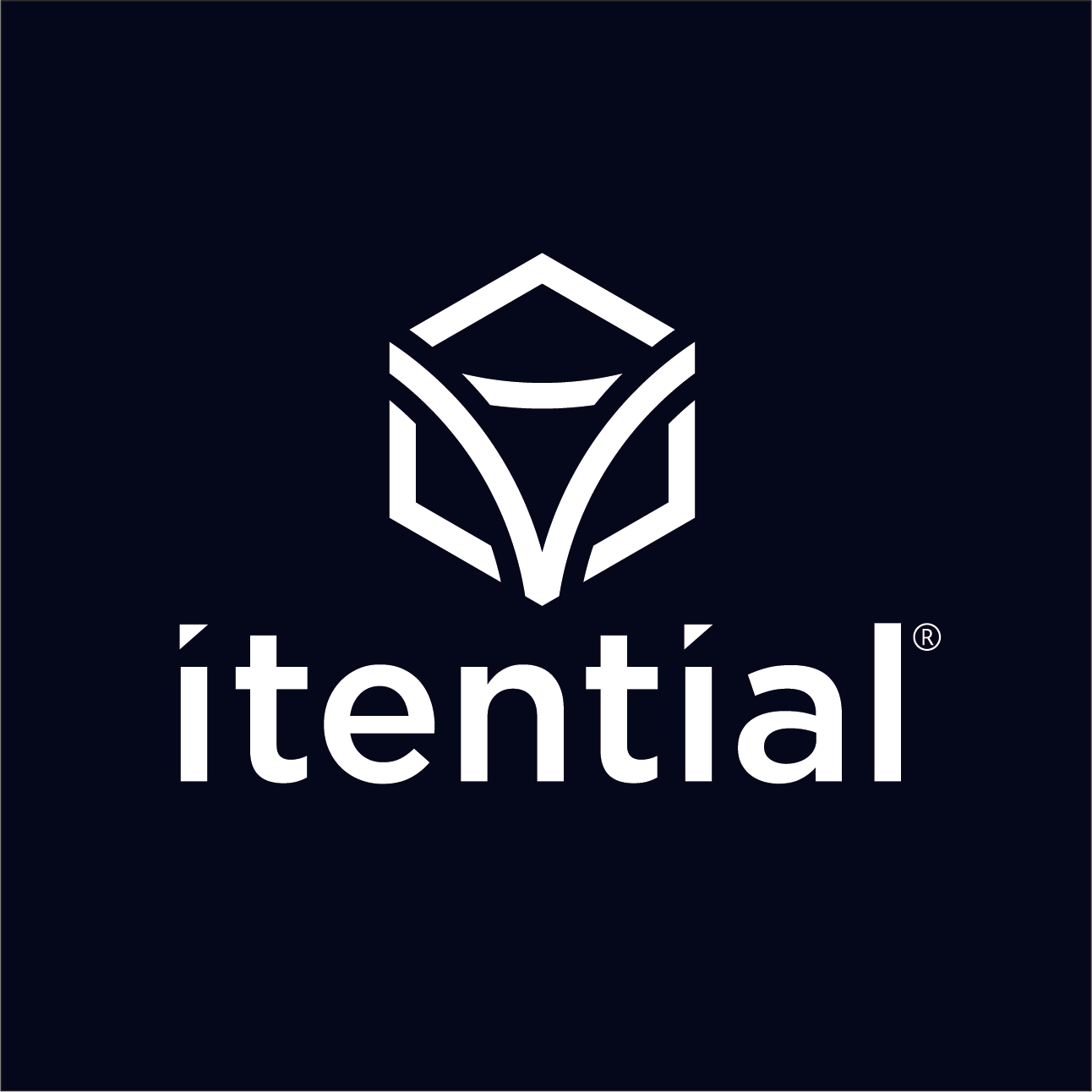Share this

Networking as a Service (NaaS) is gaining momentum as organizations look for opportunities to leverage cloud infrastructure to scale their networks. As they do, organizations have come to expect their service providers and their own network teams to offer the same simple, streamlined level of accessibility they’ve become accustomed to in the cloud world. However, many are learning that delivering networking capabilities as a service presents significant challenges that don’t exist in the cloud due to the complexity and lack of standardization inherent to on-premises and internal networks.
Despite these challenges, NaaS capabilities have the potential to transform how organizations grow and manage their networks across multiple domains by delivering efficiency and reducing costs — provided they’re implemented the right way.
Network Building Blocks
Many enterprises are exploring NaaS because it would allow them to leverage orchestration to scale their networks while also keeping an eye on the bottom line. Implemented properly, a NaaS solution can:
- Simplify the consumption of network services.
- Lower the costs of provisioning and implementing services.
- Improve the time-to-value of an organization’s network investment.
Think of NaaS solutions as a series of building blocks, enabling an enterprise to buy pre-built networking services directly from the cloud rather than building and managing new network infrastructure. The network team can use those building blocks to construct an integrated hybrid or multi-cloud network to manage the organization’s systems.
Another alternative is a partnership with a vendor who can provide a platform to automate and orchestrate the process of building and managing the network across all its domains.
However an organization chooses to implement a NaaS solution, there are a number of key capabilities to consider.
Implementing a NaaS Solution
Before getting started, there are several pieces that need to be in place:
- Control of the asset configuration — are the assets to be used, owned, or leased? A combination?
- A clear vision for the offerings catalog — what are you trying to provide to your end users?
- Business processes in place that support integration of NaaS as a whole.
- An orchestration platform to manage service interaction, manipulate information, and deploy changes into the network.
- Accounting of costs/expenses so you can bill internally or externally.
- Systems and processes for operating the services.
Next, what type of NaaS model will be used? An enterprise NaaS solution is comprised of three components:
- A Consumption Model: Network services are obtained and consumed via API calls; the NaaS system and orchestrator use software-defined networking capabilities to orchestrate the configurations that need to change.
- An Operations Model: Distinguishes NaaS vs. something that is purely an API. Network services are operated as a service, including network planning, service assurance, and operations.
- An Expense Model: This can be further broken down into a subscription model or a capital model. In the subscription model, the network isn’t “owned” by the organization. Instead, the organization “rents” the services from a provider such as AWS or Azure. In the capital model, the organization does actually “own” the network. This model is used most often when an enterprise wants to offer networking services to internal consumers.
How will the service be structured? Organizations have a lot of flexibility around how they can structure and provide NaaS services.
- One option is to leverage external or public services such as AWS and Azure and offer them on an exposure-based consumption/subscription model, grabbing a pre-built solution “off the shelf” and eliminating the need for an organization to develop its own services.
- A variation of this model is to expose an external NaaS offering through a common API, effectively repackaging an external public cloud service offering and making it available to internal end users. This model provides a high level of control versus directly offering an external service.
- Another option is to provide an organization’s own network cloud services for internal users as NaaS offerings, providing control of the service and its deployment from start to finish.
- For even greater flexibility, an organization can structure a program around combinatory NaaS services composed of offerings from multiple domains — e.g. a public cloud offering combined with a data center service and a security service —allowing the organization’s internal end users to consume them all as a single service.
An organization can even do all four simultaneously, offering tremendous power and flexibility while streamlining how end users interact with and consume services.
NaaS Will Continue to Gather Steam
Implementing a NaaS solution can seem complex, especially when treated as a monolithic effort. However, it can be easier than most organizations think and is well worth the effort, especially when approached in a structured way.
Organizations should start small and build a NaaS solution incrementally — there’s no need to architect everything all at once. They should also look for opportunities to create synthesized offers, taking things that already exist and combining them with existing functionalities. And by modularizing and leveraging assets across NaaS for other initiatives, an organization can maximize reusability and drive value from multiple angles without duplicating efforts.
The right automation partner can also help implement a NaaS solution faster by streamlining the processes of onboarding and sharing services. At Itential, we provide integration capabilities with all API-enabled systems along with network technologies driven by CLI, enabling organizations to orchestrate services end-to-end across diverse infrastructure and then deliver them to northbound systems like ServiceNow for end users to consume.
NaaS will continue to take hold in the enterprise as organizations see the benefits it provides. NaaS solutions enable organizations to invest in services directly from the cloud rather than building a new network, and they provide new levels of power and flexibility for sharing services with both internal and external end users.
Watch this webinar to learn more about key requirements for implementing NaaS across hybrid multi-cloud infrastructure and to see how Itential’s multi-domain orchestration capabilities enable NaaS implementations.




